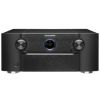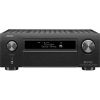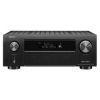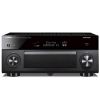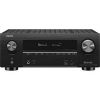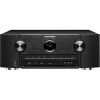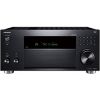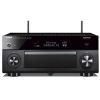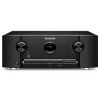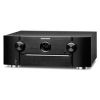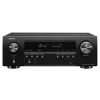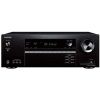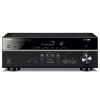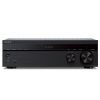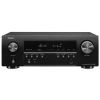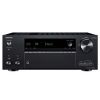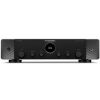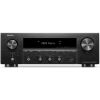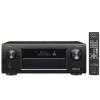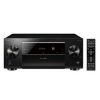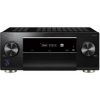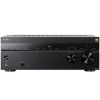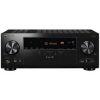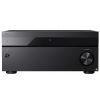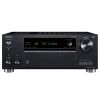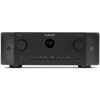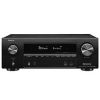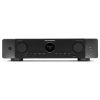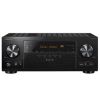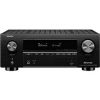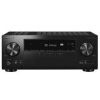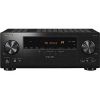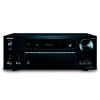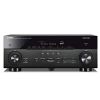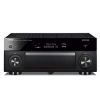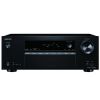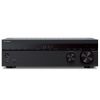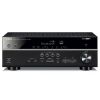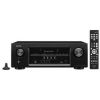| Overall | Amplifier | Audio features | Connectivity | Streaming services | Extensive connection | Multi-room | Additional features | Video features | Multichannel surround | |||
|---|---|---|---|---|---|---|---|---|---|---|---|---|
| Integra DTM-7 | 7.1 | 7 | 7 | 8 | 8 | 6 | 7 | 8 | 6 | inapt | See price | 262 |
| Yamaha R-N2000A | 7 | 9 | 8 | 8 | 8 | 6 | 0 | 10 | inapt | inapt | See price | 309 |
| Yamaha R-N1000A | 6.8 | 9 | 8 | 7 | 8 | 6 | 0 | 10 | inapt | inapt | See price | 308 |
| Onkyo TX-8140 | 6.5 | 8 | 7 | 9 | 5 | 6 | 4 | 7 | inapt | inapt | See price | 195 |
| Yamaha R-N800A | 6.5 | 9 | 8 | 7 | 8 | 4 | 0 | 10 | inapt | inapt | See price | 307 |
| Integra DTM-6 | 6.5 | 6 | 7 | 8 | 8 | 5 | 0 | 5 | inapt | inapt | See price | 261 |
| Yamaha R-N600A | 6.4 | 8 | 8 | 7 | 8 | 4 | 0 | 10 | inapt | inapt | See price | 306 |
| Onkyo TX-8270 | 6.2 | 7 | 8 | 8 | 7 | 5 | 5 | 5 | 5 | inapt | See price | 215 |
| Yamaha R-N303BL | 6 | 7 | 6 | 7 | 8 | 4 | 0 | 6 | inapt | inapt | See price | 132 |
| Onkyo TX-8260 | 6 | 7 | 7 | 7 | 7 | 5 | 5 | 4 | inapt | inapt | See price | 163 |
This price line is interesting because the best stereo receiver under 300 is somewhere around here that the border separates the budget compromises of the AV receivers and the serious devices that can satisfy the most demanding home cinema lovers, both in terms of functionality and switching, as well as the quality of processing and amplification
The devices presented in this list has an average level of functionality due to cost. This segment is the most massive and is suitable for the price/quality ratio.
Best stereo receiver under $300 reviews
Yamaha R-N303
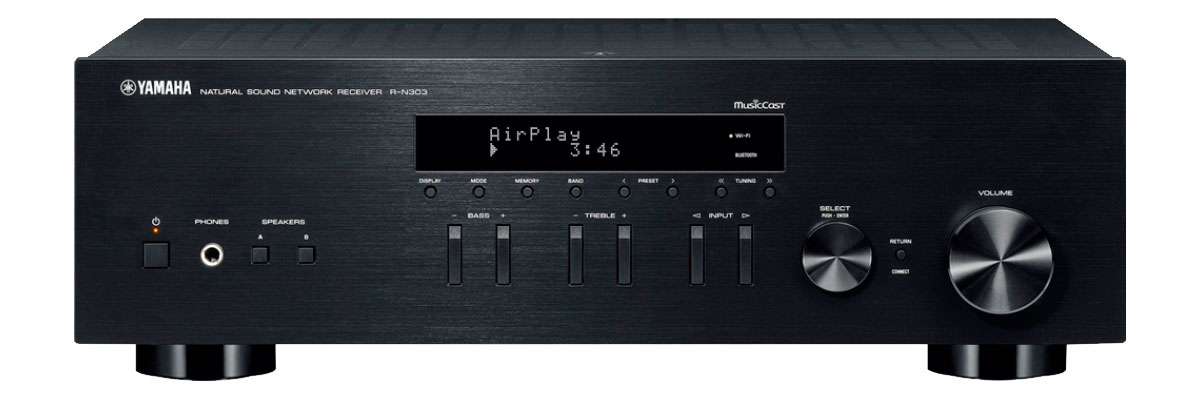
This budget home theater stereo receiver has two channels of 100 W high-power output at 8 ohms. The R-N303 is the newest and smallest member of the MusicCast-compatible Yamaha Power Amplifier Family. On the rear panel are coaxial and optical digital inputs. Formats supported by devices include, but are not limited to, FLAC, AIFF, and even DSD.
The amplifier also provides wireless communication via wireless and Wi-Fi connections with various mobile and other compatible devices via a wired Ethernet connection.
The Yamaha R-N303 Hi-Fi Receiver is a central element of the audio system that allows you to listen to music from your smartphone and the network resources that you listen to every day - to enjoy exceptional music. If you really like music, this is the only instrument that opens up new dimensions for listening pleasure that you have not dreamed about. 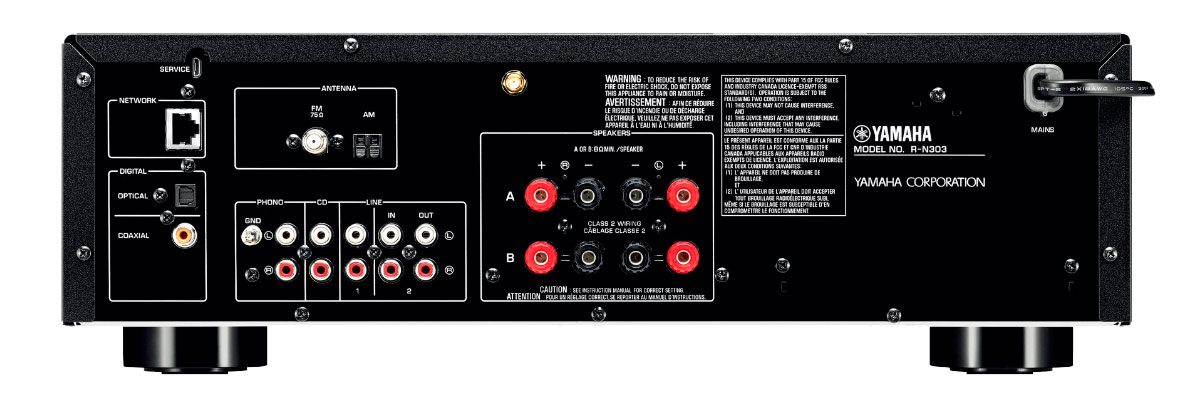
MusicCast uses a powerful wireless network to listen to music and sound. You can transfer digital music from your smartphone, PC, or NAS to other MusicCast devices in your home. You can also share music from external devices such as a CD player or TV that supports the R-N303D of the connected device. The audio content of smartphones or tablets connected to Bluetooth can be transferred to several places with MusicCast devices.
The 2 channel stereo receiver under 300 can communicate independently with the streaming services Spotify, Pandora, Deezer, Napster, SiriusXM, Tidal, as well as with Internet radio stations. The Burr-Brown DAC is responsible for processing the audio signal, capable of working with PCM files as up to 24 bit / 192 kHz and DSD up to 5.6 MHz. The receiver can communicate with digital file storage in the home network via DLNA.
Pros
- Sound is very clear and robust (worthy of 5 stars). In other words, just what you would expect and demand from Yamaha
- Setting up the remote speaker links are equally futz-full
Cons
- The R-N303 panel display is minimal, both in content, size, and brightness
- Front panel controls are also minimal. The remote has 37 small buttons, non-numeric, all marked with even smaller print
Sony STR-DH190
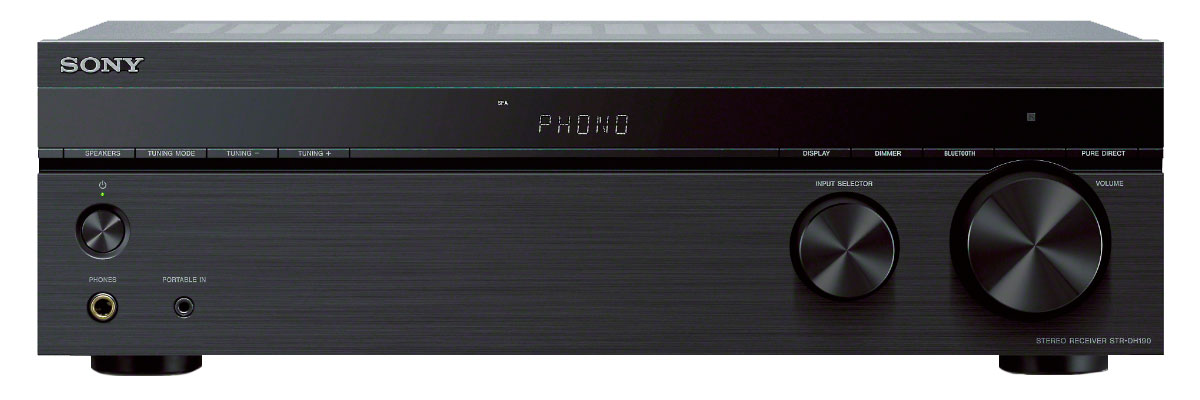
This receiver can give us 2x100 W (8 ohms) of output power. I did not suppose a microprocessor to drive it and a full display, but that is what we have. Likely because this is a highlighted AVR. Everything seems excellent until you touch the volume control and understand it is a strong feeling matter, best left to look at than use. Providentially, the remote control is in the kit, so you can do exactly that.
You even get a phono stage and a radio in this thing. And even a button labeled "pure direct" which did zero but turn off the display. 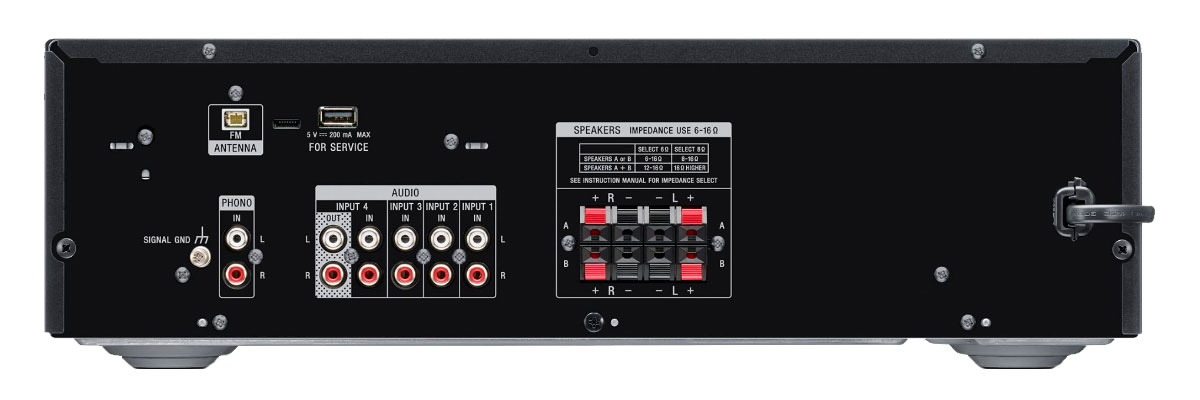
The back panel gives the connectivity you require in an analog amplifier. I disliked the spring-loaded speaker terminals as I could not stuff my banana plugs into it. But hard to criticize too bitterly at this value. Ditto for the non-removable cord.
A menu system, controlled through the front-panel display of one of the best stereo receiver under 300, accesses minor conveniences such as the ability to rename the inputs, turn the Bluetooth auto power function on and off, and adjust the level of the phono input so that it’s more or less equal to the level of the other inputs. There are four more analog inputs on the back plus an output for connecting to a tape deck or other recording device and A and B zone speaker connectors. The front panel has a ¼-inch headphone jack. The remote is compact but user-friendly.
Pros
- It has a rich, friendly sound with plenty of basses as well as treble (both are adjustable). It is also more than powerful enough for the mid-sized room the unit is in
- The unit will auto-detect a paired Bluetooth device and wake up. This is exactly what I wanted, but if you want sub outputs, DTS processing HDMI or digital inputs you need to get something higher end
Cons
- You can only pair Bluetooth to one device at a time like your computer or your iPhone, not both
- Also, the tuner scans very slowly to find stations
Yamaha R-S202
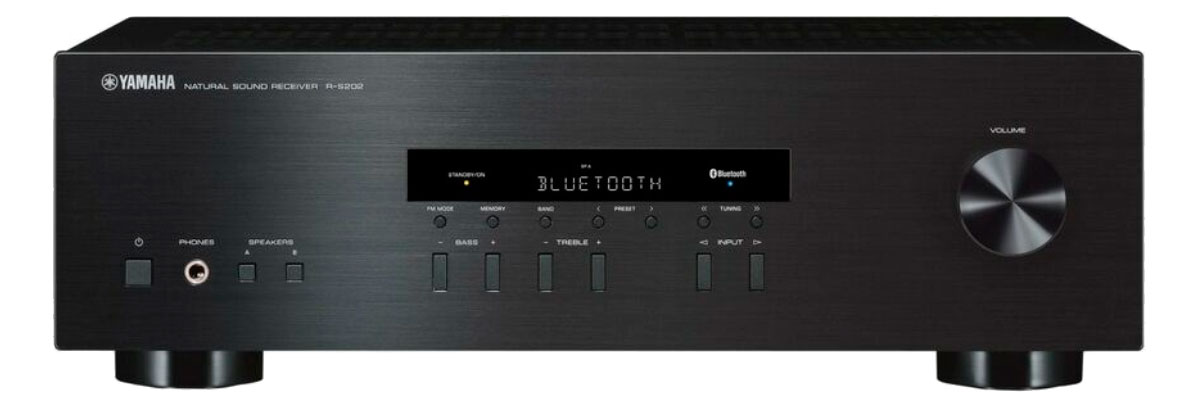
The output power for this unit is 100 W per channel at a load of 8 ohms. The main difference from the elder brother (Yamaha R-N602), in addition to half the price tag, is the lack of network capabilities. There is no Ethernet port or Wi-Fi adapter onboard the receiver, which means it will not work to integrate it into a home computer network. 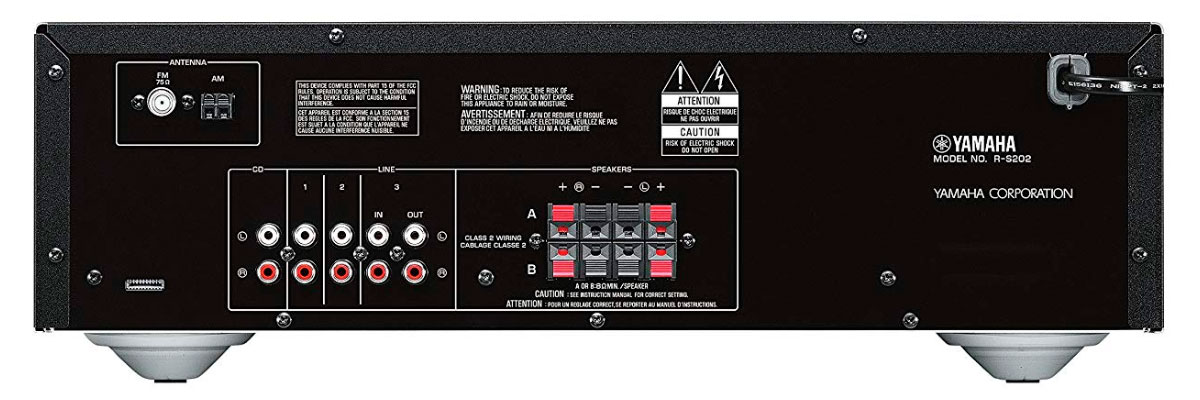
Yamaha R-S202 is a classic stereo receiver with a conventional tuner capable of working with radio signals in the AM and FM bands. The tuner is equipped with a memory for storing fixed settings so that all your favorite radio stations can be tuned once, and then just switch between them as you switch channels on the TV.
But technological progress has not spared this affordable model - the Yamaha R-S202 is equipped with a Bluetooth adapter capable of receiving digital streaming from mobile gadgets wirelessly. Given the fact that in our time often the entire music library is stored in the smartphone’s memory, it’s hard to overestimate the similar opportunity provided by the Yamaha R-S202.
Pros
- The low-frequency spectrum to the necessary degree gives the sound picture solidity - the bass in the performance of this apparatus is not tectonic, but elastic and fast
- Decent housing for this price tag
Cons
- The budget class of the device is issued by acoustic terminals - there are four pairs for connecting two pairs of speakers, but all of them, unfortunately, are spring-loaded
Cambridge Audio Topaz SR10
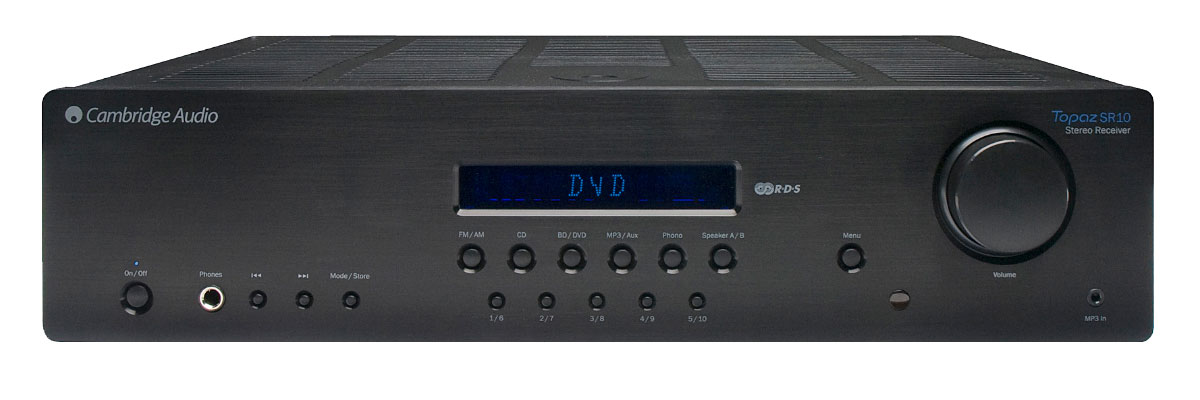
Another pretender to be the best budget stereo receiver on the market is made in a solid metal case with a thick aluminum front panel and has an anti-resonant chassis.
The device is equipped with discrete output stages built in the same way as in the much more expensive stereo receivers of the Azur series and develops a power of 2 x 85 W (8 ohms). The Topaz SR10 power supply has a high-quality custom-made toroidal transformer capable of delivering significant current to the load and having a minimum level of electrical noise. The stereo receiver was created in such a way that due to the exclusion of secondary functions to achieve maximum sound quality while remaining within a fairly modest budget. 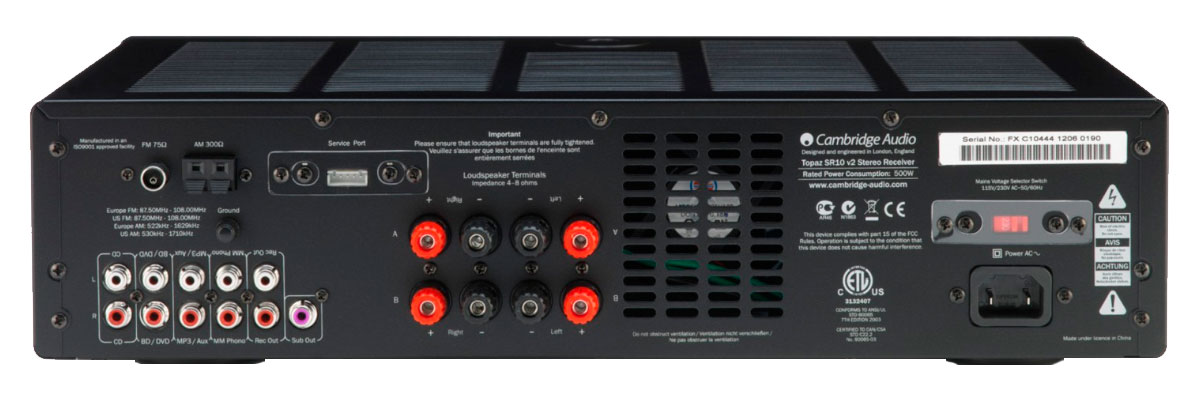
However, the functionality of Cambridge Audio Topaz SR10 is quite wide. The device has four linear inputs on the rear panel, and another on the front, designed to connect portable equipment. Also, in this stereo receiver, there is a high-quality built-in phono stage for connecting MM pickups, which is sure to attract fans of vinyl sound. There is a linear output for recording devices and a special output for connecting an active subwoofer, which can be useful when scoring large rooms.
Pros
- Controls are easy to understand; they work well and provide the basic functions
- The provided wire antenna works great for FM, and it pulls in stations I didn't know we could access in our location
Cons
- Small parts crumble; the sound is not the most organized
- The minuteness of SR10 can not be called exemplary
-
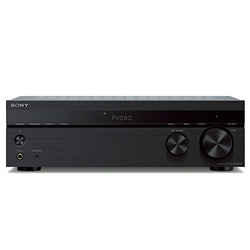
Sony STR-DH190
- Sony
- | 200
- 1970
-
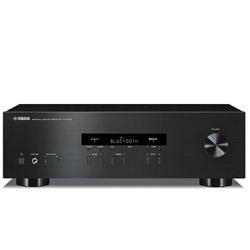
Yamaha R-S202BL
- Yamaha
- | 200
- 2643
-

Pioneer SX-10AE
- Pioneer
- 528
-
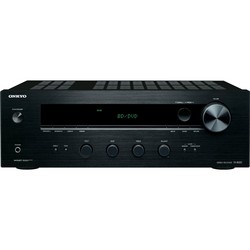
Onkyo TX-8020
- Onkyo
- 781
-
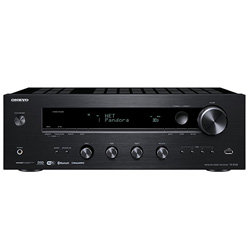
Onkyo TX-8140
- Onkyo
- 193
-
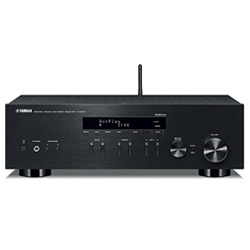
Yamaha R-N303BL
- Yamaha
- 457
-
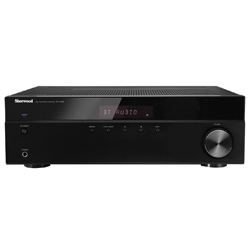
Sherwood RX-4508
- Sherwood
- 577
-
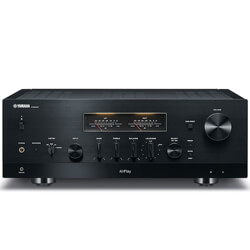
Yamaha R-N2000A
- Yamaha
-
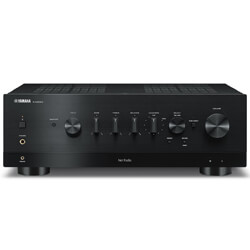
Yamaha R-N1000A
- Yamaha
-
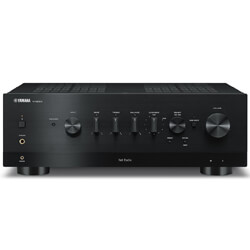
Yamaha R-N800A
- Yamaha
-
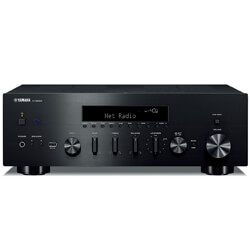
Yamaha R-N600A
- Yamaha
-
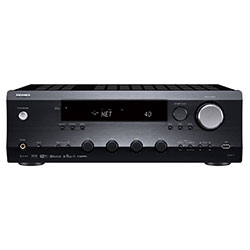
Integra DTM-7
- Integra
- 3
-
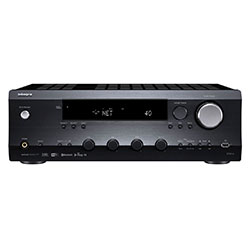
Integra DTM-6
- Integra
- 4
-
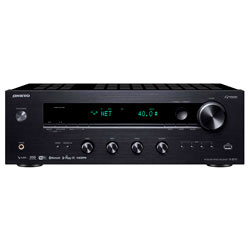
Onkyo TX-8270
- Onkyo
- 120
-
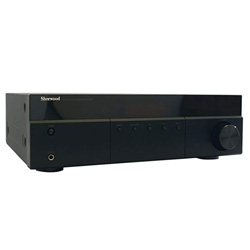
Sherwood RX-4208
- Sherwood
- 203
-
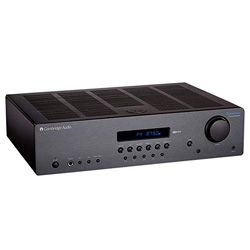
Cambridge Audio Topaz SR10
- Cambridge Audio
- 17
-
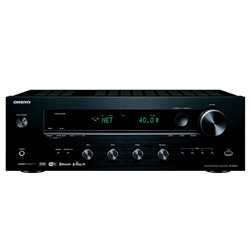
Onkyo TX-8260
- Onkyo
- 50
-
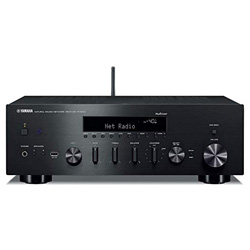
Yamaha R-N602BL
- Yamaha
Popular receiver comparisons
Recent reviews
